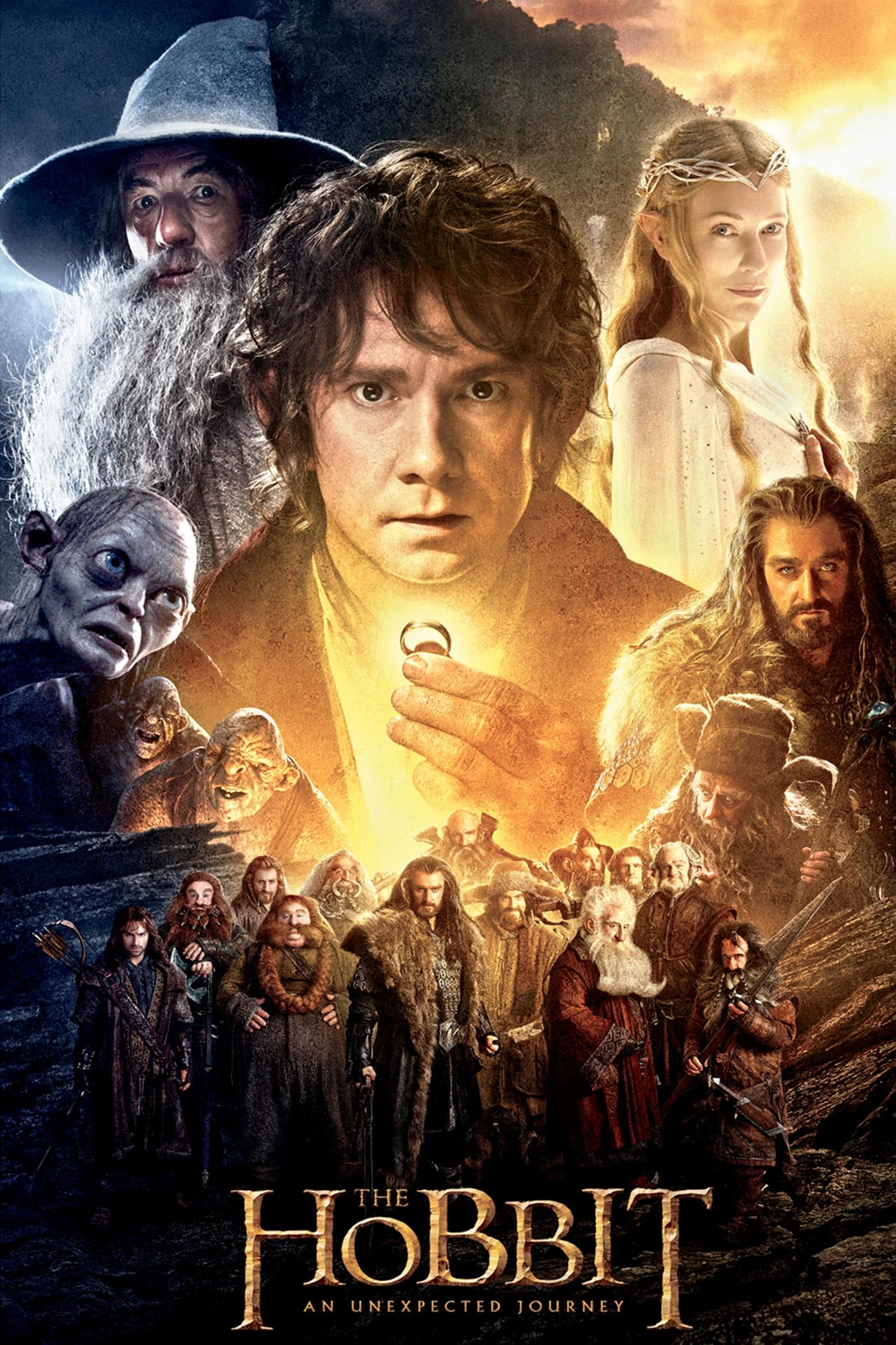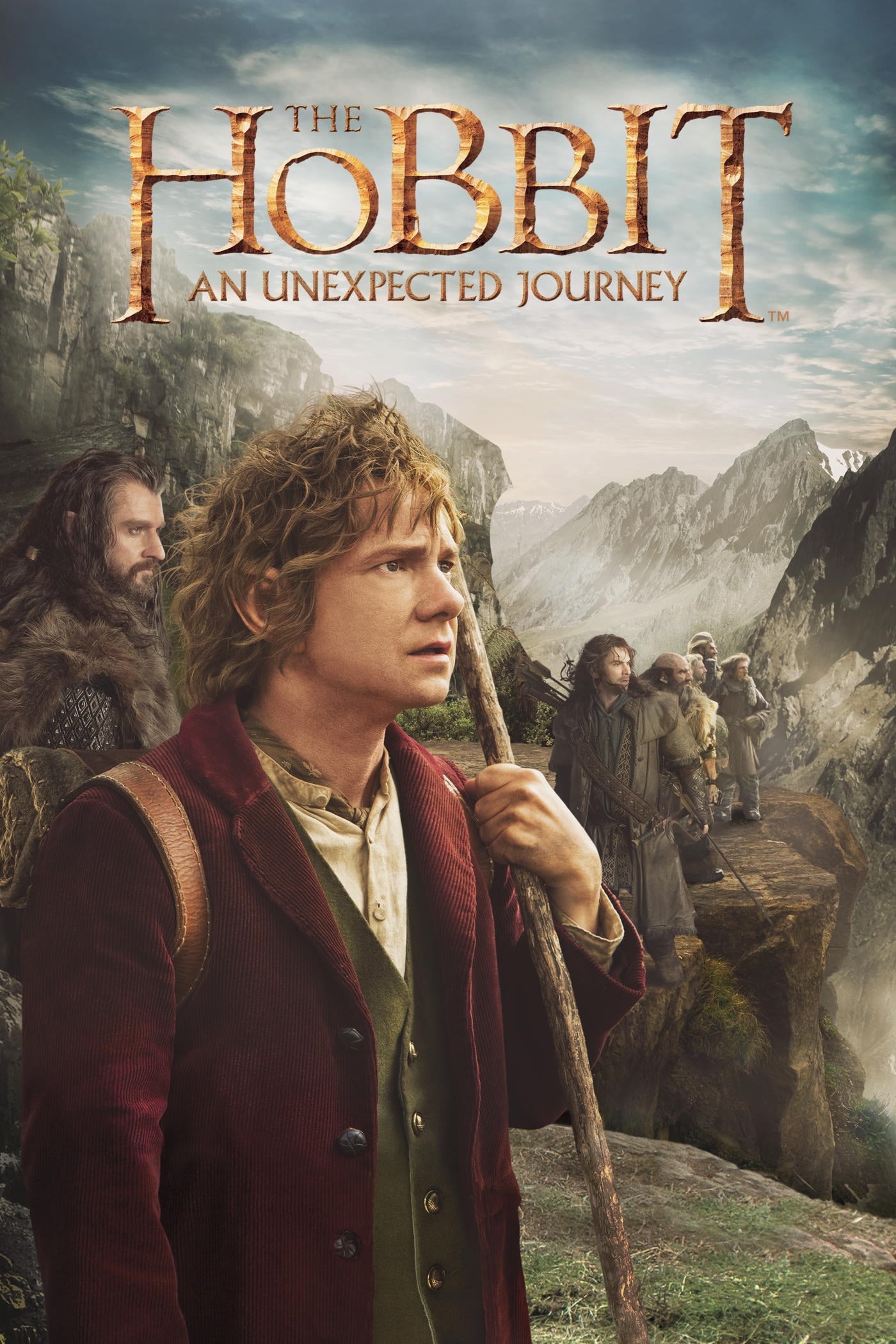Watch The Hobbit: Streaming Guide & Trilogy Overview
What makes a fantasy story truly timeless? The enduring appeal of J.R.R. Tolkien's The Hobbit lies not just in its fantastical creatures and epic quest, but in its exploration of universal themes: courage, friendship, and the struggle against greed. From the hushed reverence of the written word to the sweeping grandeur of the silver screen, The Hobbit has captivated audiences for generations, proving the power of a well-crafted narrative to transcend mediums and time.
Tolkiens deceptively simple tale of a hobbit thrust into an adventure beyond his wildest imaginings resonated deeply with readers upon its initial publication in 1937. The unassuming Bilbo Baggins, content with his pipe and pantry, becomes an unlikely hero, embodying the quiet strength found in ordinary individuals. This transformation, from homebody to adventurer, is a core element that translates seamlessly into Peter Jacksons cinematic adaptation. The film trilogy, released between 2012 and 2014, expands upon Tolkiens world, delving deeper into the rich history and lore of Middle-earth. The visual spectacle of the films brought to life the majestic landscapes, fearsome creatures, and thrilling battles, offering a captivating visual feast for fans.
| Name: | Peter Jackson |
| Birth Date: | October 31, 1961 |
| Birth Place: | Pukerua Bay, New Zealand |
| Occupation: | Film director, screenwriter, producer |
| Known For: | The Lord of the Rings trilogy, The Hobbit trilogy, Heavenly Creatures |
| Reference: | IMDb |
The journey from page to screen wasn't without its challenges. Expanding a relatively short children's book into a sprawling trilogy necessitated the addition of new characters, subplots, and action sequences. While some purists debated the faithfulness of the adaptation, the films undeniably brought a new generation of fans to Tolkiens work. The epic scale of the production, from the sprawling sets of Hobbiton to the digitally rendered armies of orcs and dwarves, marked a milestone in filmmaking.
Beyond the narrative itself, the music of The Hobbit plays a crucial role in shaping the emotional landscape of both the books and the films. Howard Shore, the composer behind the award-winning score for The Lord of the Rings, returned to Middle-earth, crafting a sonic tapestry that seamlessly blends familiar themes with new melodies. From the lilting folk tunes of the Shire to the thunderous drums of war, Shore's music adds layers of depth and complexity to the narrative, heightening the emotional impact of key moments.
In todays fragmented media landscape, accessing The Hobbit in its various forms is easier than ever. Streaming services like Netflix, Amazon Prime Video, and others offer viewers the opportunity to experience the films on demand. This accessibility broadens the reach of Tolkien's work, ensuring that future generations can discover the magic of Middle-earth. The varying availability across platforms, however, necessitates a degree of navigation for viewers seeking the complete experience. Understanding the specifics of each service, including device compatibility and regional restrictions, is crucial for a seamless viewing experience.
The enduring power of The Hobbit lies in its adaptability. From its humble beginnings as a bedtime story to its transformation into a global cinematic phenomenon, the tale of Bilbo Baggins continues to resonate. The films, while not a perfect replication of the book, capture the spirit of adventure and the enduring power of friendship. The music, the visuals, and the performances all contribute to a rich and immersive experience that complements Tolkien's original vision. Ultimately, The Hobbit, in all its iterations, serves as a testament to the enduring power of storytelling.
The casting choices for The Hobbit films were met with both excitement and scrutiny. Martin Freeman, known for his nuanced portrayal of ordinary characters, brought a relatable charm to Bilbo Baggins. Richard Armitage, as the stoic Thorin Oakenshield, embodied the complex motivations of the dwarves. The supporting cast, featuring a mix of established stars like Ian McKellen, Cate Blanchett, and Orlando Bloom (reprising their roles from The Lord of the Rings), and rising talents like Evangeline Lilly and Luke Evans, added further depth and complexity to the ensemble.
The technical achievements of the films deserve recognition. Jackson's pioneering use of 48 frames per second, while initially controversial, aimed to create a more immersive and realistic visual experience. The intricate details of the costumes, the expansive sets, and the groundbreaking visual effects all contributed to the creation of a believable and breathtaking Middle-earth. The films, however, sparked debates regarding the overuse of CGI and the pacing, particularly with the expansion of the narrative across three films.
The influence of The Hobbit extends beyond the realm of entertainment. The themes explored in the story, including the corrupting influence of greed, the importance of community, and the courage to face one's fears, continue to resonate with audiences. The storys enduring appeal lies in its ability to transport us to a different world while reminding us of the universal truths that connect us all.


